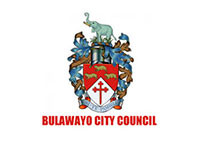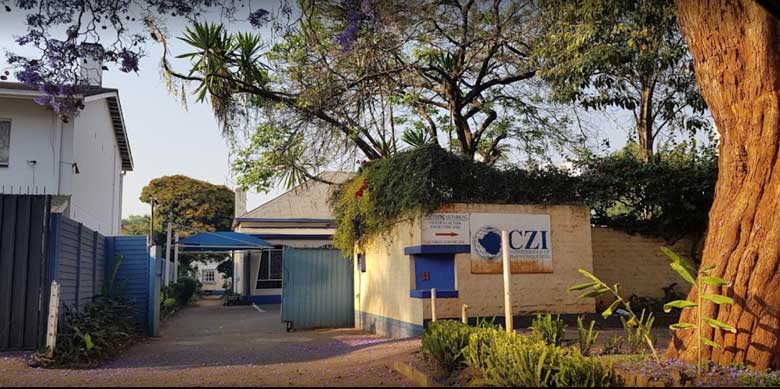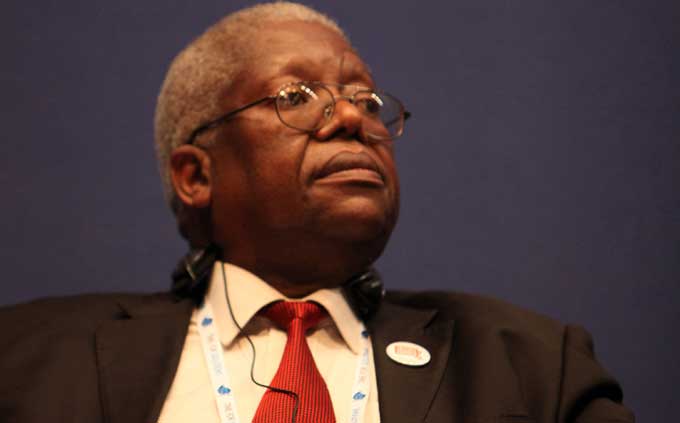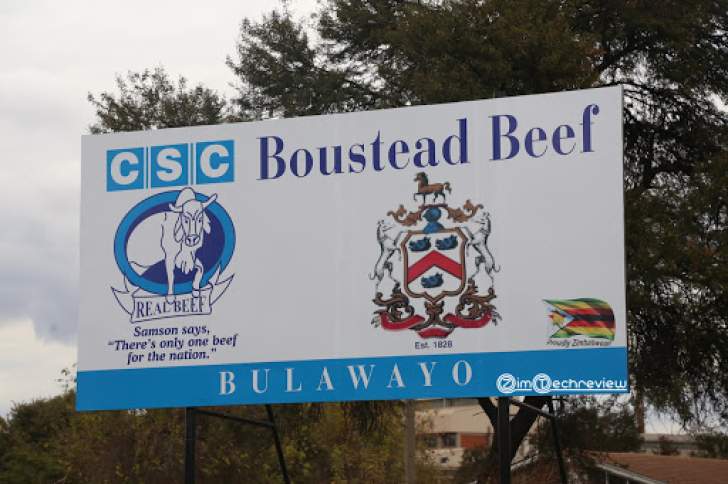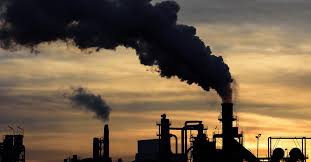
Zimbabwe can raise as much as US$16, 64 million following the promulgation of new carbon trading regulations that are meant to ensure transparency and fairness in climate financing.
According to the United States-based Voluntary Registry as of February, the country had issued 31 293 689 carbon credits generated from 27 projects and there is a balance of 8 735 304.
Using the current global average price of US$6, 53 per carbon credit from German online statistics platform, Statista, the remaining carbon credits translate to US$55,46 million.
The new regulations state that 30% of all revenue generated from carbon credits will now go to the government and this translates to US$16,64 million based off the US$55,46 million in revenue for the government.
The 30% will be directed to the national transaction account as payment for the share of proceeds.
“In all carbon trading, when we get the number of credits accounted for each project, and we issue a carbon credits certificate to the project proponent, and the credits are sold, the government of Zimbabwe will receive 30% of the proceeds after all the deductions while the project proponent gets 70%, which is quite a fair share,” said Washington Zhakata, the climate change management director in the Ministry of Environment, Climate, and Wildlife Climate.
“And this 30% already in the carbon credit framework for Zimbabwe will be split, of course, between the Finance Ministry, which is the treasury, for national good and also for operations of the designated national authority, which is Zimbabwe Carbon Markets Authority, and a portion will go to the rural district councils for their share with the communities, among others.”
Zhakata said the new system would ensure that communities benefit from their natural resources while also promoting climate change adaptation.
- Why are we still pitting jobs against public health?
- Jurgen Klopp: Liverpool manager signs new two-year contract extension at Anfield until 2026
- Why are we still pitting jobs against public health?
- AfDB approves Energy Access Finance Framework
Keep Reading
“So, the communities will have a fair share of carbon trading itself; that is, any project in a district, the district will benefit,” he said.
“That is the purpose, really, of carbon trading — to ensure that we reduce our emissions of greenhouse gases, and at the same time, we ensure climate change adaptation is ensured for the communities of the country as well.”
The 30% will be taken from the carbon credits recorded in the Zimbabwe Carbon Registry.
“The share of proceeds I have highlighted earlier on will be the 70% to 30% ratio between the government and the project proponent,” Zhakata said.
These funds will be audited by the Auditor General to ensure that the money is utilised properly.
“Once a project tries to bypass the Zimbabwe carbon registry and does carbon credit trading through foreign platforms without going through the Zimbabwe system, this is a criminal offence that will be punishable by the laws, including jail terms for the perpetrators of this law,” Zhakata added.
According to Statutory Instrument (SI) 48 of 2025, 2% of the total credit volume will be allocated directly to the National Buffer Account to mitigate risks associated with reversals and over-crediting.
“The credits in the national buffer account is just like insurance,” Zhakata said.
“If a problem happens like let’s say you have got a project that is running and it’s a forestry project.
“It’s supposed to be realising these carbon credits annually, and you have a problem that happens there — let’s say you have a wildfire that destroyed part of the forest.
“In order for you to continue in existence whilst the forest regenerates, you need really to have something, some form of insurance that you should have to cover for that temporary loss, and this should be from the buffer account itself.
“So, a buffer is just like insurance, in case something happens, you can really withdraw from there and put it there.”
In addition, 1% of all carbon credits issued will be automatically retired.

